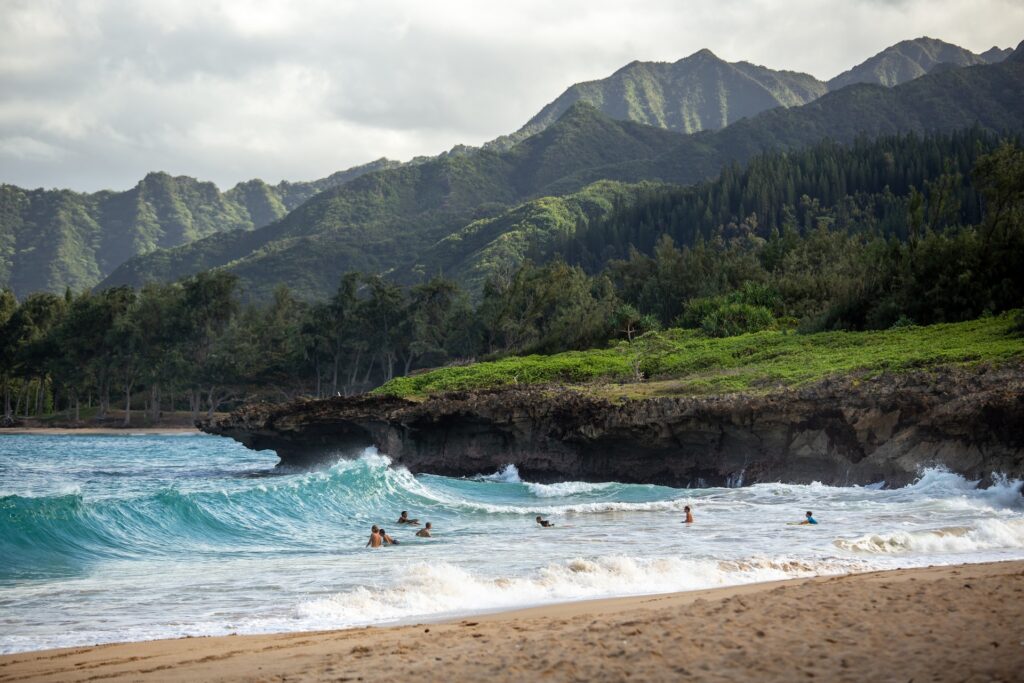COVID-19 Interstate Travel Restrictions

We’re already one month into 2021 and not much has changed in terms of the epidemiological situation here in the United States. Following his January 20 inauguration, President Joe Biden initiated the colossal task of getting COVID-19 vaccines distributed appropriately throughout the union, but we still have a long way to go before they’re available to all.
With that in mind, it should come as no surprise that many states are maintaining their restrictions on interstate travel, applying quarantine and testing requirements to out-of-state travelers in an effort to keep the virus (including new, more concerning variants) out of their communities.
Experts still aren’t certain whether those who’ve been vaccinated are still capable of transmitting COVID-19 to others, or whether their new immunity also makes them incapable of spreading the virus. So, inoculated or not, locals and visitors are across the board still instructed to wear masks, social distance and follow proper hygiene protocols.
Essentially, it looks like it will be a while yet before interstate travel really begins to open up. Ahead, you’ll find a state-by-state breakdown of the restrictions that domestic travelers can expect to encounter during February 2021.
Alaska
All non-Alaskan residents over the age of ten who wish to bypass the state’s mandatory 14-day quarantine will need to take a molecular-based COVID-19 test within 72 hours of their departure and upload their negative results into the Alaska Travel Portal, where they’ll also need to submit a Travel Declaration and Self-Isolation Plan.
—Those who are still awaiting their test results must upload proof that they’ve taken the test and then continue to quarantine until results are reported.
—Visitors who didn’t test prior to traveling can take a test upon arrival at a cost of $250 but must quarantine at their own expense until results arrive. A second test, to be taken between five and 14 days after arrival, is recommended, but not required.
*For more detailed information on local health and safety measures, check Alaska’s official website.
California
While California doesn’t have statewide restrictions on inbound travelers and Governor Gavin Newsom’s regional stay-at-home order was lifted on January 25, certain local orders remain in effect.
—San Francisco has ordered a mandatory, 10-day quarantine for travelers coming from outside the nine-county Bay Area region.
—In Santa Clara County, travelers originating from more than 150 miles away must quarantine for 10 days upon arrival.
—Out-of-state visitors over the age of 16 traveling to Los Angeles County must fill out this online form, acknowledging that they have read and understood the L.A. County Department of Public Health’s travel requirement and the state of California’s Travel Advisory. Failure to submit this form prior to or upon arrival at Los Angeles International Airport, Van Nuys Airport, or Union Station is punishable by a fine of up to $500.
—Those who intend to visit California should continue to monitor the latest local restrictions for their destination city.
*For more detailed and local information, check California’s official website.
Florida
As of February 1, Florida had no statewide travel restrictions in place for U.S. visitors.
*For more detailed and local information, check Florida’s official website.
Hawaii
Hawaii’s Pre-Travel Testing Program allows passengers to bypass the state’s mandatory 10-day quarantine period by taking a Nucleic Acid Amplification Test (NAAT) through one of the state’s Trusted Testing Partners within 72 hours of their arrival. Interisland travelers are also currently subject to quarantine restrictions, but, in some cases, testing out of quarantine is an option. Links to county-specific details can be found here.
—Travelers must upload their test results to the state’s online Safe Travels form and complete a health questionnaire within 24 hours of their departure. They’ll then receive a QR code via email to present to airport screeners upon arrival.
—Travelers are required to upload their negative test results or have them on hand prior to their departure if they want to skip Hawaii’s default mandatory 10-day quarantine.
—At least 25 percent of travelers who use the Pre-Travel Testing option will also be randomly selected to receive a non-optional second test upon arrival at the airport, free of charge.
—Further requirements exist on a county level, most notably on Kauai, which demands the full 10 days’ quarantine unless you’re staying at a designated “resort bubble” hotel and receive a negative test result after spending 72 hours confined to your resort.
*For more detailed and local information, check Hawaii’s official website.
South Carolina
As of February 1, South Carolina had no statewide travel restrictions in place for U.S. visitors.
*For more detailed and local information, check South Carolina’s official website.
Texas
As of February 1, Texas had no statewide travel restrictions in place for U.S. visitors.
*For more detailed and local information, check Texas’ official website.
Read more from Travel Pulse here.
